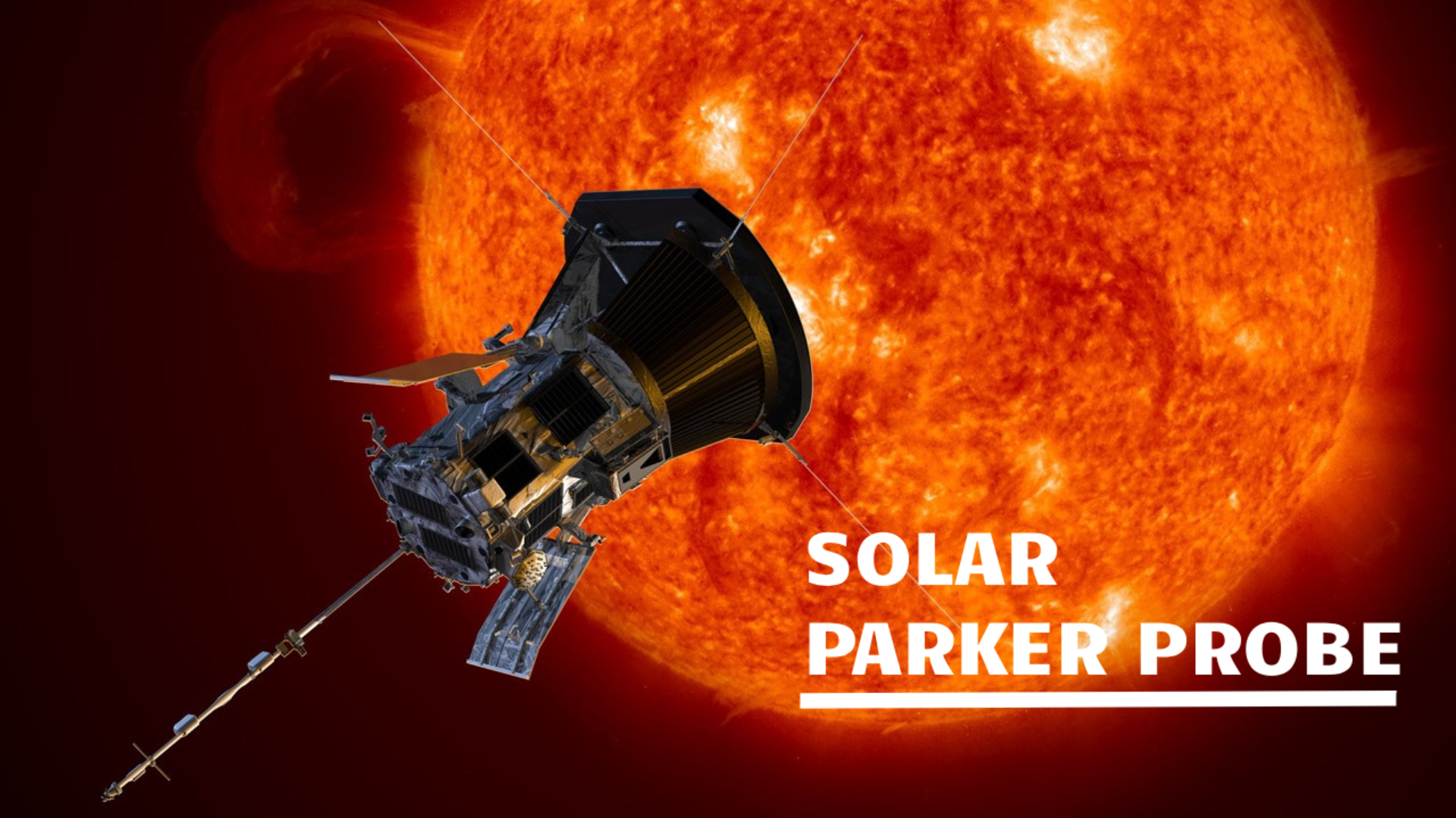
Overview
The Science Mission Directorate Heliophysics Division studies the nature of the Sun, and how it influences the very nature of space — and, in turn, the atmospheres of planets and the technology that exists there. Space is not, as is often believed, completely empty; instead, we live in the extended atmosphere of an active star. Our Sun sends out a steady outpouring of particles and energy -- the solar wind – as well as a constantly writhing magnetic system. This extensive, dynamic solar atmosphere surrounds the Sun, Earth, the planets, and extends far out into the solar system.
Studying this system not only helps us understand fundamental information about how the universe works, but also helps protect our technology and astronauts in space. NASA seeks knowledge of near-Earth space, because -- when extreme -- space weather can interfere with our communications, satellites and power grids. The study of the Sun and space can also teach us more about how stars contribute to the habitability of planets throughout the universe.
Mapping out this interconnected system requires a holistic study of the Sun’s influence on space, Earth and other planets. NASA has a fleet of spacecraft strategically placed throughout our heliosphere -- from Parker Solar Probe at the Sun observing the very start of the solar wind, to satellites around Earth, to the farthest human-made object, Voyager, which is sending back observations on interstellar space. Each mission is positioned at a critical, well-thought out vantage point to observe and understand the flow of energy and particles throughout the solar system -- all helping us untangle the effects of the star we live with.
The Parker Solar Probe, officially known as the Parker Solar Probe mission, is a NASA spacecraft launched on August 12, 2018, with the primary mission of studying the outer atmosphere of the Sun, known as the solar corona, and the solar wind. It is named after Dr. Eugene Parker, an astrophysicist who made significant contributions to our understanding of the solar wind and proposed the existence of the solar wind in the 1950s. Here is detailed information about the Parker Solar Probe:1. Mission Objectives: The Parker Solar Probe is designed to answer several fundamental questions about the Sun and the solar wind, including: - Understanding the structure and dynamics of the solar corona. - Investigating the acceleration and heating processes of the solar wind. - Exploring the magnetic fields and plasma waves near the Sun. - Measuring the properties of solar wind particles at close proximity to the Sun.
2. Closest Approach to the Sun: The Parker Solar Probe's primary mission objective is to get closer to the Sun than any previous spacecraft. It approaches the Sun in a series of progressively closer orbits, ultimately coming within approximately 3.83 million miles (about 6.16 million kilometers) from the Sun's surface.
3. Heat Shield: To withstand the extreme conditions near the Sun, the Parker Solar Probe is equipped with a cutting-edge heat shield called the Thermal Protection System (TPS). The TPS is made of carbon-composite materials and can withstand temperatures exceeding 2,500 degrees Fahrenheit (about 1,377 degrees Celsius).
4. Instruments: The spacecraft carries a suite of scientific instruments to measure various properties of the solar environment, including: - FIELDS: Measures electric and magnetic fields. - WISPR (Wide-Field Imager for Parker Solar Probe): Captures images of the solar corona and solar wind. - ISʘIS (Integrated Science Investigation of the Sun): Measures the properties of high-energy solar particles. - SWEAP (Solar Wind Electrons Alphas and Protons): Analyzes the properties of solar wind particles. - ISʘIS (Integrated Science Investigation of the Sun): Measures the properties of high-energy solar particles. - SWEAP (Solar Wind Electrons Alphas and Protons): Analyzes the properties of solar wind particles.
5. Orbit: The Parker Solar Probe follows an elliptical orbit that takes it close to the Sun and then swings it out towards Venus. This trajectory allows it to gradually reduce its speed as it gets closer to the Sun, which is necessary to study the Sun's outer atmosphere effectively.
6. Solar Science Firsts: The Parker Solar Probe has achieved several notable firsts in solar science, including providing the closest-ever observations of the solar corona and sending back data that has enhanced our understanding of solar wind acceleration processes.
7. Mission Duration: The Parker Solar Probe is expected to operate for several years, making multiple close approaches to the Sun during its mission lifetime.
8. Scientific Impact: The data collected by the Parker Solar Probe has already revolutionized our understanding of the Sun and its influence on the solar system. It has provided critical insights into the processes that govern space weather and has implications for understanding the behavior of other stars.
The Parker Solar Probe is a groundbreaking mission that has pushed the boundaries of space exploration and significantly advanced our knowledge of the Sun's behavior and its impact on our solar system. It continues to send valuable data back to Earth, contributing to ongoing scientific research in heliophysics and space weather prediction.


